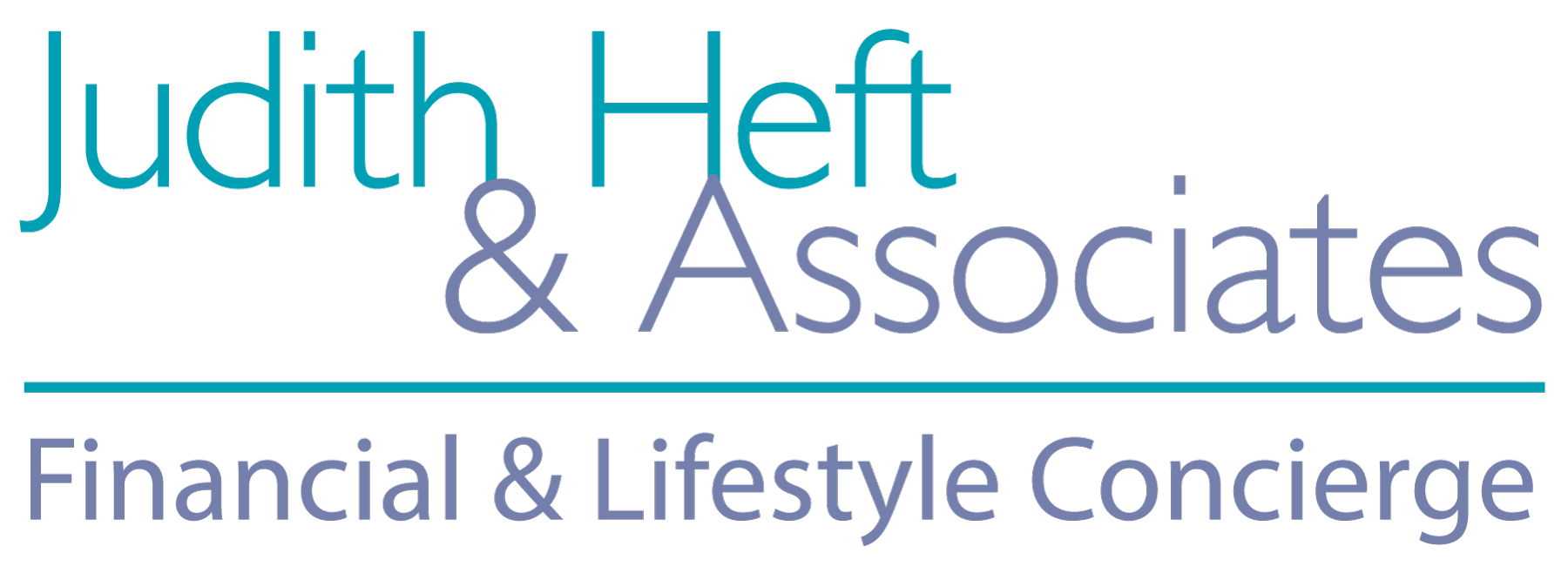New Tax Alert: In an effort to combat the growing problem of tax fraud, the IRS has updated its rules for payroll tax filing. Instead of February 28, W2s and 1099s needed to be filed by January 31, 2017. If you have not already done so, drop everything and see your accountant!
By now, a steady stream of tax information should be inundating your mailbox. Whether it’s information from your accountant or official IRS forms, it can be daunting to keep up with it all. That’s why I’ve come up with this checklist to either reassure you or light a fire under you—you tell me!
- W3s must be completed by the end of February. A W3 is a compilation of all the W2s of the people who work for you. Likewise, a 1096 is a combination of the 1099s that you or your payroll service have given out.
- Aggregate all of your 1099s from income, like pensions, Social Security or any freelance work.
- Make a list of all charitable contributions to 501(C)(3) organizations that you have made, and make sure that you have all the acknowledgement letters for any contributions over $250—a cleared check is not sufficient proof for the IRS. The acknowledgement letter has to say that no goods or services were received in exchange for the donation.
- If you are able to deduct medical expenses (and the threshold is high: expenses must exceed 10% of your income) make sure you have all of the proper documentation. CVS and Walgreens pharmacies offer the ability to print out your prescriptions for the year right at home.
- Gather the documents that show any earned interest.
- Gather the documents that show any interest paid—mortgage statements usually include this information in the January statement.
- Residents of Connecticut & New York should gather receipts from any real property taxes paid.
- Obtain proof of any fees that you paid to your accountant or your attorney.
- Put together all statements that show your contributions to 401ks, IRAs, or other retirement accounts.
Whatever you do, DON’T DO YOUR OWN TAXES! I have seen firsthand how that can lead to disaster. The costs associated with assembling a financial team always pale in comparison to DIY tax preparation—as well as the audits and missed deductions associated with being your own tax preparer. And if tax time always results in panic, consider creating a system now so that next year will be easier! Contact me to learn more!

Recent Comments